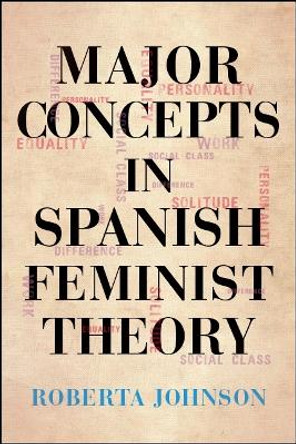Description
* Utopic thought in theories of architecture
* Advocacy and citizen participation in architecture
* The basis of architectural quality and excellence
* The roles of the architect as artist, poet, scientist, and technologist
* Ethical obligations of architecture
* Rationales for models and methods of design
* How authority is determined in architecture
* How architects structure their concepts
* Conventions of communication within the architectural profession
Each section begins by showing the etymology of key terms of the topic discussed, along with a summary history of the topic's use in architecture. Discussions probe the conceptual and philosophical difficulties of different theories, as well as their potential and limitations in past and present usage. Among the provocative issues discussed in terms of their relationship to architecture are chaos theory, feminism, service to the community, and the use of metaphor. Johnson points out with stunning clarity the intentions as well as the contradictions and inconsistencies of all notions and concepts. All architects and designers, as well as students and teachers in these disciplines, will gain many insights about architectural thought in this groundbreaking text.
About the Author
PAUL-ALAN JOHNSON, PhD, is Senior Lecturer and Director of Theory in the School of Architecture at the University of New South Wales, Australia. He is a chartered architect and a leading authority on Australian public housing and dwelling design. Dr. Johnson is also a consultant on architectural history, design, and aesthetics to government departments and environmental groups. He is internationally known for his work in geometry and symbolism in colonial town planning.
Book Information
ISBN 9780471285335
Author Paul-Alan Johnson
Format Paperback
Page Count 512
Imprint John Wiley & Sons Inc
Publisher John Wiley & Sons Inc
Weight(grams) 896g
Dimensions(mm) 239mm * 189mm * 28mm






